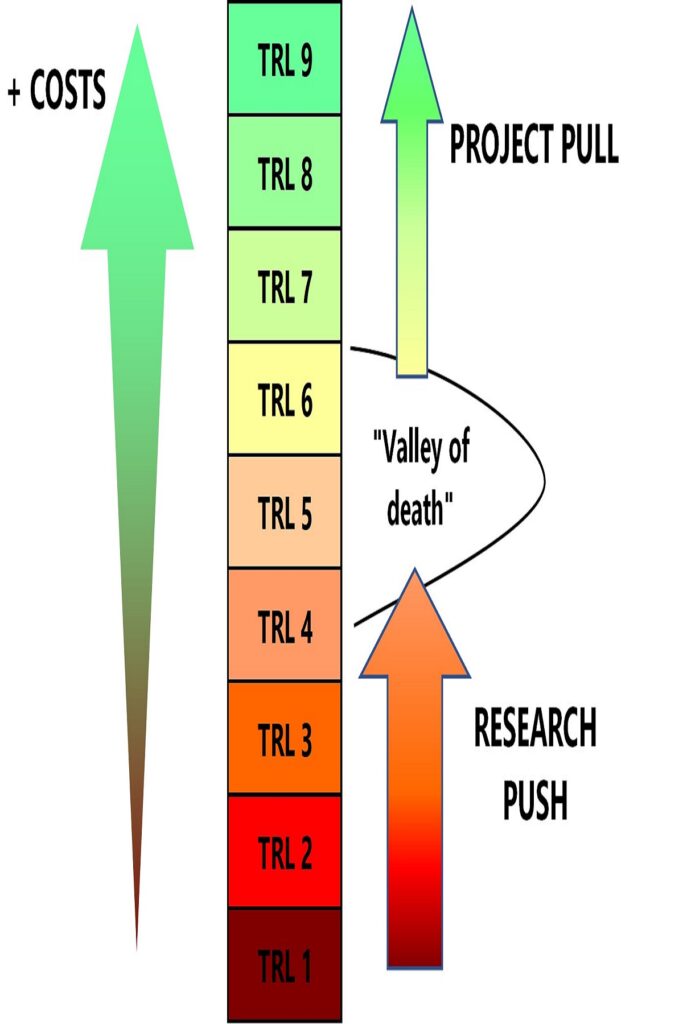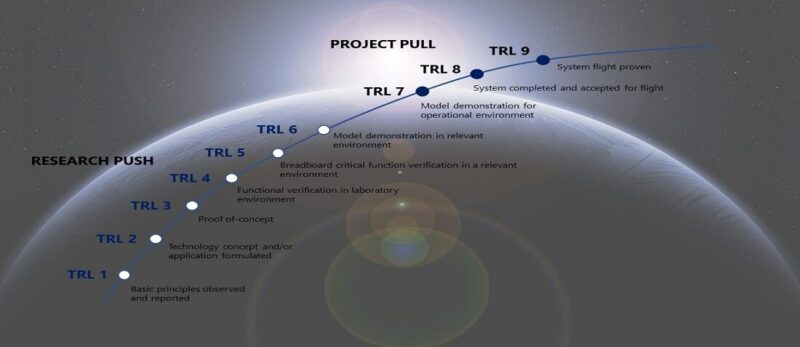Optical Interconnect technology achieves the highest Technical Readiness Level (TRL 9)
Thanks to research and development, optical interconnects technology has reached the highest level of Technical Readiness Level (TRL), verifying that its use is operational in the space environment.
The new generation of communication satellites requires systems that can support the intensive use of massive data for communication, command, control, and payload applications. Compliance with these requirements has made traditional electrical communications connection systems (lower data speed and bandwidth, sensitivity to electromagnetic interference, high power, and weight…) evolve with the use of optical interconnects technology, such as optical transceivers, photodetectors, optocouplers, etc.
Optical interconnect technology has shown that it is immune to electromagnetic interference, and over distances of up to meters, the optical medium has no bandwidth limits. Satellite designers use this technology due to the above properties and more advantages. Here you can see more information about optical interconnects in New Generation Satellite Communications.
Optical interconnects and the Technical Readiness Level (TRL)
Technical Readiness Level (TRL) is a measurement system used to assess the maturity level of a particular technology. This methodology was created in 1974 by NASA researcher Stan Sadin and was first used to assess the technology readiness of the proposed JPL (Jet Propulsion Laboratory) Jupiter Orbiter spacecraft design.

![]()
In 2008, ESCC (European Corporation for Space Standardization) decided to create a harmonization of the method at the European level and, the following year, proposed a global standardization. This resulted in the ISO standard 16290 (International Organization for Standardization), published in 2013, which globally harmonized the TRL scale.
ESCC currently provides the ESCC-E-HB-11 manual (Technology Readiness Level (TRL) Guidelines) for the purpose of:
- Guiding how to assess the technology maturity of a product in a given environment
- Use the result of the TRL Assessment in the framework of product development.
- Introduce some additional improvements for specific disciplines or products so that the TRL assessment methodology can be extended.
In conclusion, as NASA says;
“TRL represents the evolution of an idea from a thought, perhaps written on a cocktail napkin or the back of an envelope, to the full deployment of a product in the marketplace.”
How many levels does the TRL scale have?
There are 9 levels within the scale. The lowest level (TRL 1) corresponds to the primary and reported principles of the technology, and the highest (TRL 9) confirms that the technology has been flight-proven through successful mission operations. It is important to note that each level of the scale is achieved once the requirements of that level have been successfully validated.
The levels are:
- TRL 1: Basic principles observed and reported
- TRL 2: Technology concept and/or application formulated
- TRL 3: Analytical and experimental critical function and/or characteristic proof-of-concept
- TRL 4: Component and/or breadboard functional verification in a laboratory environment
- TRL 5: Component and/or breadboard critical function verification in a relevant environment
- TRL 6: Model demonstrating the critical functions of the element in a relevant environment
- TRL 7: Model demonstrating the element performance for the operational environment
- TRL 8: Actual system completed and accepted for flight (“flight qualified”)
- TRL 9: Actual system “flight proven” through successful mission operations

Optical Interconnects, a TRL 9 Technology
As mentioned above, reaching the highest TRL scale is a long and complex process that involves a large investment in research and development. Still, it brings excellent value to the scientific community for the evolution of technologies. Optical Interconnection technology, reaching the TRL 9 scale, has encouraged designers to use this technology as a solution in their systems and thus improve them to manufacture satellites with enhanced characteristics that support the requirements of today’s world.
- Quantum Key Distribution, Secure Line Communications - 10th November 2022
- Space-Based Quantum Communication - 10th November 2022
- Optical Transceiver In New Generation Satellite Communication - 9th November 2022





